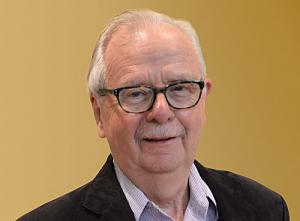The Case of CHP
Mr. Kenneth Costello is Regulatory Economist/Independent Consultant. He has conducted extensive research and written on a wide variety of topics related to the energy industries and public utility regulation.
Advocates of different energy technologies have long contended that major barriers, either government or market derived, stifle the development of their favored technology. They then infer that the current level of their preferred technology is suboptimal, warranting some form of out-of-market or governmental action.

Objective policymakers — such as utility regulators and energy agencies — should ask themselves: What are those barriers stifling certain energy technologies, what are their sources, and should current policies and regulations change to address them?
In mitigating those barriers, could actions taken by policymakers actually engender uneconomic and socially-damaging outcomes or, instead, pass a cost-benefit test justifying such actions? Under the first outcome, some barriers alleged by advocates may be no more than natural market forces, with outside actions to mitigate them inevitably failing a cost-benefit test.
In contrast, undue barriers are obstacles to the optimal development of a technology correctable only by appropriate governmental intervention. In other words, undue barriers deprive society of the net benefits from increased development of the technology. Good public policy would try to eliminate or at least mitigate undue barriers when feasible and economical.
